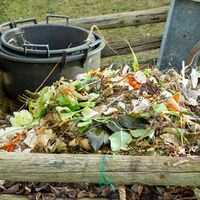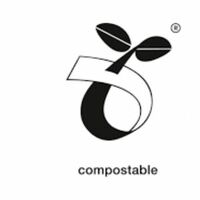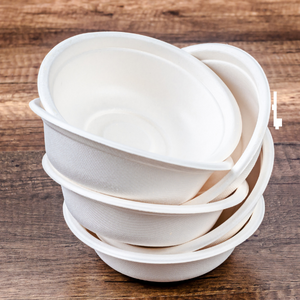What to Choose: Home or Commercially Compostable Takeaway Food Packaging
The use of takeaway food packaging has become a common sight in our daily lives. With the increasing awareness of plastic pollution, the demand for environmentally friendly alternatives is growing. Often eco-friendly products are labelled home compostable and / or commercially compostable takeaway food packaging.
What is Home Compostable Takeaway Food Packaging?
Home compostable takeaway food packaging is made from materials that are designed to break down naturally in a home composting system. This means that the packaging can be placed in a home compost bin, where it will degrade over time and turn into organic matter. The materials used in home compostable packaging are often plant-based, such as corn starch, sugarcane, or potato starch.
To break down home compostable food packaging your compost bin does need to have the right conditions. Elements such as heat, moisture, and the presence of microorganisms to break down are essential. A home compost bin often doesn’t get to the same temperatures as a commercial facility so is not suitable for many ‘compostable’ takeaway containers.
Home Compostable Takeaway Food Packaging:
-Reduces waste sent to landfill
-Helps to reduce plastic pollution
-Reduces the need for commercially operated composting facilities
What is Commercially Compostable Takeaway Food Packaging?
Commercially compostable takeaway food packaging is designed to be broken down in commercial composting facilities. The packaging is made from materials that are designed to degrade under the controlled conditions of a commercial composting facility, such as high temperatures and controlled moisture levels. Some common materials used in commercially compostable packaging include polylactic acid (PLA) and biodegradable plastics.
Commercially Compostable Takeaway Food Packaging:
-Can be composted in a controlled environment, reducing the need for landfill waste
-Can be used with hot and greasy foods, as the high temperatures in commercial composting facilities will ensure the packaging breaks down
-More consistent in terms of breaking down and reducing waste
Unfortunately commercially compost facilities may not be readily available in all areas
The process of commercial composting can be energy-intensive, potentially contributing to greenhouse gas emissions.
Certification 
There are certifications available for food packaging that give you peace of mind when you buy the product for your business. Home Compostable and Commercially Compostable certifications are different, so keep an eye out for these.
In New Zealand there are 10 industrial facilities and 2 community facilities that are able to process compostable food packaging. If you are sending bulk amounts to them for composting they may request a composting certificate so they know whether they can accept the product.
Not all facilites will take the same food packaging and if it is not correctly labelled it will be rejected.
If a commercial compost facility is not in your area the packaging will go to landfill, however at least your know the materials they have been made from are not oil based, so the manufacturing process is better for the planet.
New Zealand does not have it's own certification system.
Pros and cons
Both home compostable and commercially compostable packaging offer environmentally friendly alternatives to traditional plastic packaging, but each has its own set of pros and cons. Ultimately, the choice will depend on your individual needs, preferences, and access to resources such as home composting systems and commercial composting facilities.
By making informed choices and being mindful of the environmental impact of our actions, we can work towards a more sustainable future.
Get in touch with us today to discuss compostable food packagng options: Ph: 0508 467 462
https://www.insinc.co.nz/category/food-containers.html
Posted: Friday 10 February 2023


